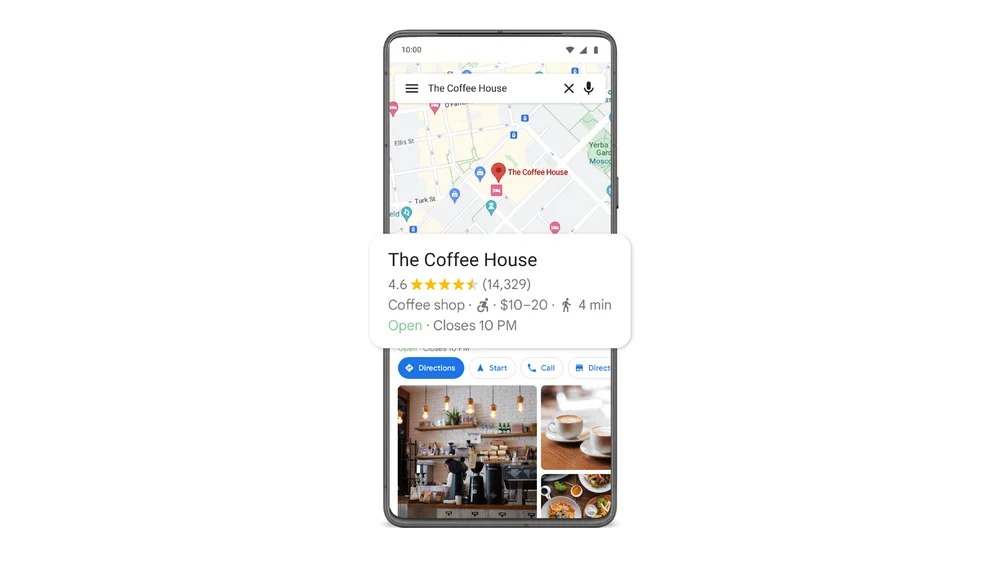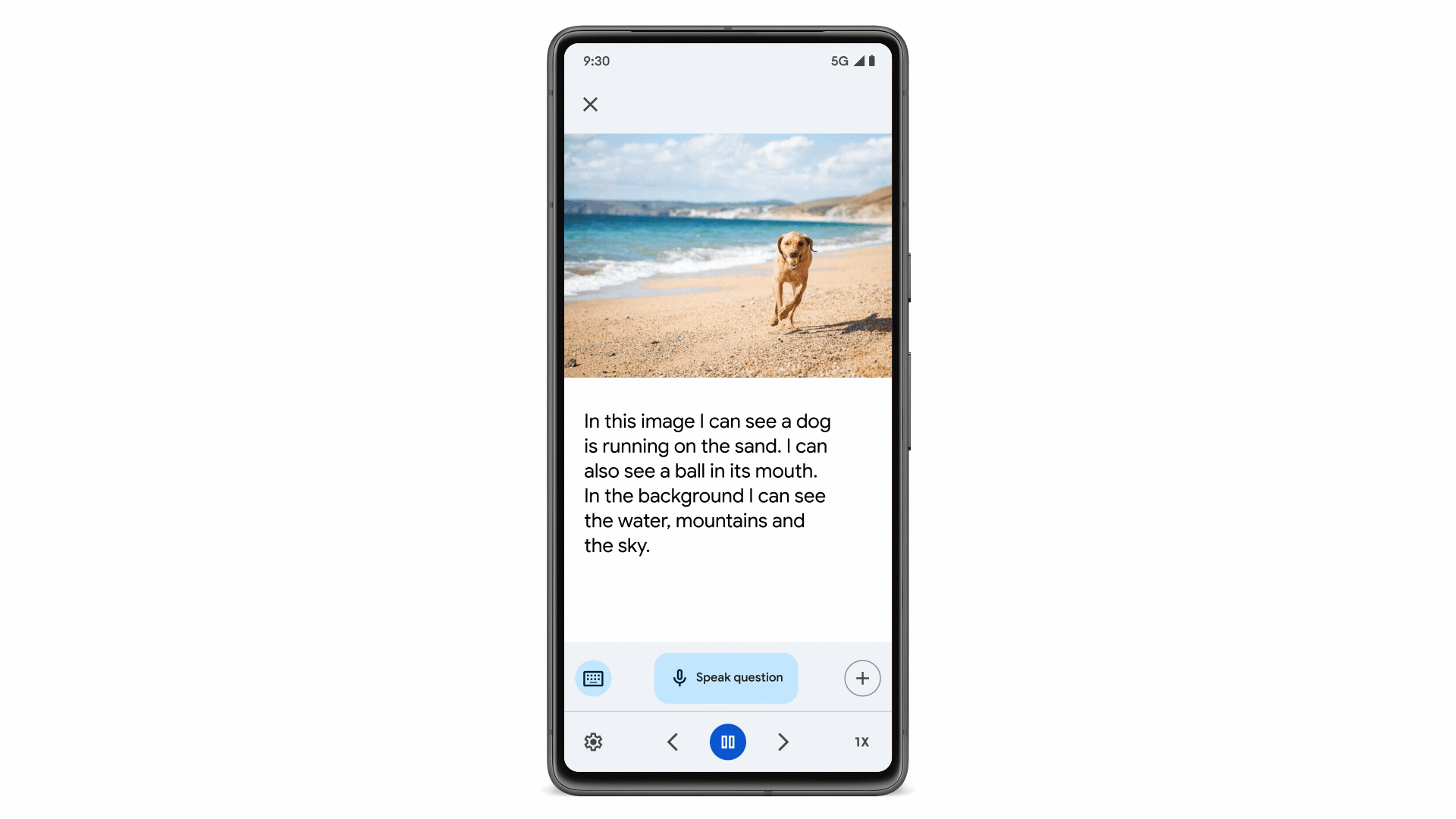Google Chrome picks up a URL typo detector
Google also unveiled a bevy of new accessibility improvements for Live Caption, Maps, and more.

What you need to know
- Google announced a bunch of new accessibility features for Chrome, Maps, Live Caption, and more.
- Chrome will now check for typos in the URLs you type and offer suggestions.
- Google Maps is also making the wheelchair icon available to everyone, and Live Caption is expanding its language support.
Google Chrome will now detect typos in the URLs you type and suggest websites that match what you were probably trying to type.
The latest enhancement is part of a larger accessibility update being rolled out by Google, and it is intended to make it easier for people with dyslexia or those learning new languages to access the websites they want to visit. The update will be available first on desktop, with a mobile release following in the coming months.
Chrome's new typo detector comes in handy for those who frequently misspell website URLs. While it may seem generally safe, committing this error may lead you to a different website, which is known as typosquatting and is a form of cybercrime. Typosquatters register domain names that are similar to the names of popular websites in order to trick people into visiting their websites instead.
This type of cyberattack has the potential to expose you to malware. Typosquatters frequently use their websites to distribute malicious files that can be used to steal your personal information via phishing attacks.
In addition to Chrome's new capability, the wheelchair icon will now be visible to everyone on Google Maps. The feature has been available since 2020, providing a way to identify places that are accessible to people with disabilities. It is especially helpful for people who use wheelchairs, walkers, or other mobility devices. However, you previously had to opt in to the service's "Accessible Places" feature in order to check if a place has a wheelchair-accessible entrance.

Google is also making the Live Caption for calls feature available to more people. Early last year, the Google Pixel 6 series gained this capability, allowing you to type your response during a phone call if you prefer not to speak and have it read aloud to the person on the other end of the line. This particular capability is currently available on many of the top Android phones running Android 12 or higher.
Starting this summer, Google is expanding the feature to the Pixel 4 and 5 lineups, as well as additional Android models from Samsung and other OEMs, with support for more languages, including French, Italian, and German. Google will also add a new caption box for Android tablets.
Get the latest news from Android Central, your trusted companion in the world of Android
Finally, Google is helping people with low vision or who are blind gain context about the images they encounter online. This is made possible with a new AI-powered feature within the Lookout app known as "image question and answer," which is initially available to a select group of low-vision users.

Lookout is an app launched in 2018 to help blind and visually impaired people understand their surroundings. Powered by an advanced visual language model from Google DeepMind, the app will be able to generate descriptions of images, whether or not they have captions or alt texts. Users will be able to ask questions about these images using their voice.
These are only the latest accessibility improvements introduced by Google to its ecosystem. At MWC 2023, the search giant unveiled new audio and visual accessibility features for Wear OS, including a mono-audio setting to assist users who have better hearing in one year than another. Chrome also received visual accessibility updates that allow you to increase the size of the browser's content by up to 300%.

Jay Bonggolto always keeps a nose for news. He has been writing about consumer tech and apps for as long as he can remember, and he has used a variety of Android phones since falling in love with Jelly Bean. Send him a direct message via X or LinkedIn.
